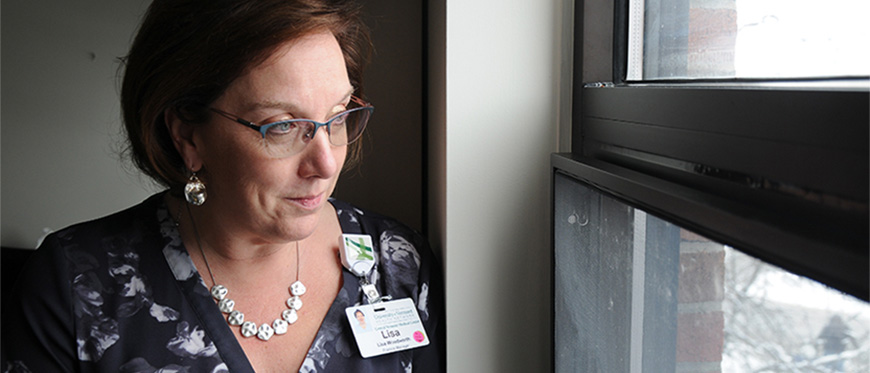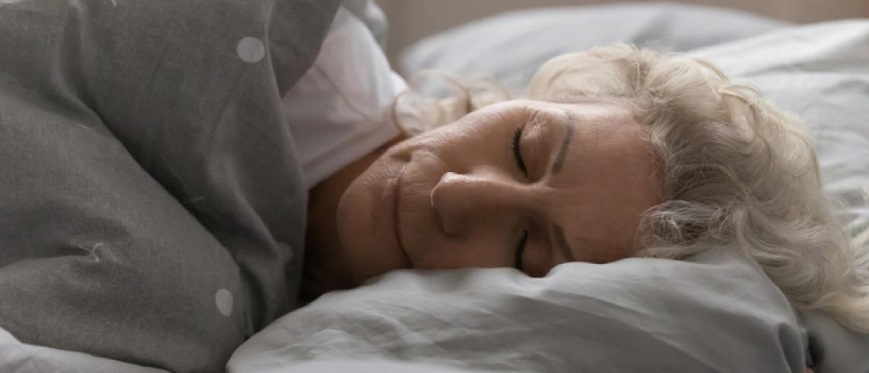Lisa Woodworth, an Office Manager at UVM Health Network – Central Vermont Medical Center, heard a commotion and glanced out her second-story window. Below, a “Code Team” of nurses were urgently resuscitating a woman who had collapsed outside the hospital.
As she watched more closely, Woodworth noticed that the unconscious woman had the same shoes as her mother. Same hair and jacket, too. The realization cascaded over her: “Oh my God, that’s my mother!”
Claire Benoit – Lisa’s 75-year-old mother – was walking into Central Vermont Medical Center in Berlin, Vermont, for a routine appointment when she suffered a heart attack and collapsed onto the concrete walkway a few steps from the hospital’s main entrance.
“I said good morning to Claire and then she fell,” recalls Traci Estivill, a clinical care associate at Central Vermont Medical Center. “I yelled to someone to call a Code Blue and rushed over to help.”
Estivill did the right thing. When someone suddenly collapses, experts say, call for help.
Code Blue, Estivill had learned at her annual employee training, meant that a group of highly trained clinicians would be immediately dispatched to the scene, with a crash cart of equipment.
“I sat with Claire for just seconds, maybe 15 to 20. I asked if she could hear me and checked to see if she was breathing. She didn’t respond, and she wasn’t breathing. It all happened so quickly.”
As the Emergency Department’s Code Team arrived, one member began performing Cardiopulmonary Resuscitation (CPR). Another used a portable defibrillator to shock Benoit’s heart. She was lifted onto a stretcher and raced to the Emergency Department.

Claire Benoit
“Then, I was alone again, walking to work,” Estivill remembers. “I found a quiet place and cried. Did I do enough? Is she going to be OK? I had no idea.”
Inside, clinicians discovered that Benoit had suffered from a blocked coronary artery. Her condition deteriorated, and she was placed on life support.
“The whole family began bracing to say goodbye,” recalls Woodworth. “The odds weren’t good.” But when the doctor removed her breathing tube, “The first words out of her mouth were ‘I love you all. I love you all.’ And she just kept saying, ‘I love you all,’” says Woodworth.
Woodworth acknowledges that many are not so fortunate. “The doctors told me only 2 percent of people survive this type of heart attack, and every second counts in receiving treatment.”
As for Benoit, she made a full recovery and later received follow-up treatment from a cardiac specialist at UVM Medical Center. “We are blessed to have so much more time with her,” says her daughter.
What to do if someone collapses in front of you
“First, quickly assess if they’re breathing and if they’re responding to you in any way,” says Central Vermont Medical Center’s Emergency Department Medical Director Benjamin Smith, MD. “Then ask someone to call 911 (or call yourself if no one is around).” Next, start chest compressions, by pushing hard and fast on the breastbone, about 100 times per minute, he says. “It might be hard to track, so just remember: you want to go hard and fast,” advises Smith."


